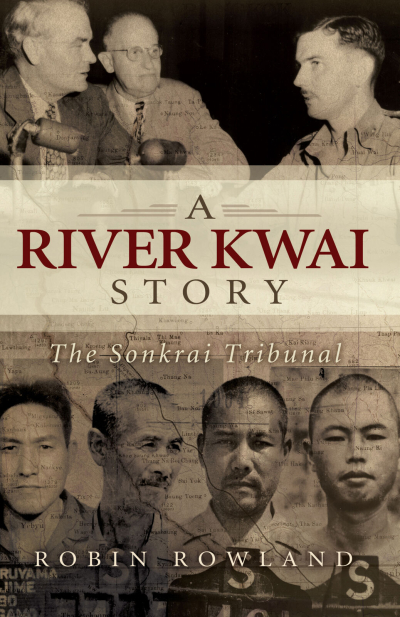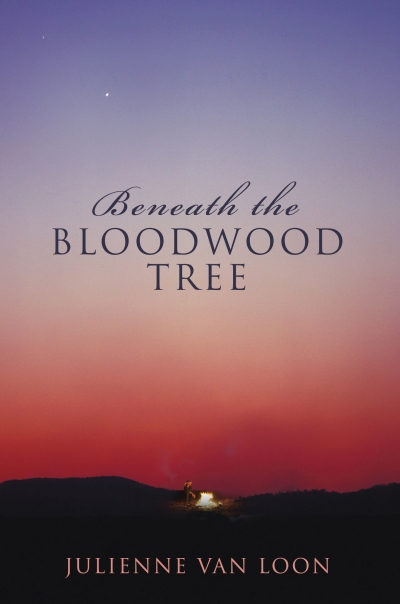Archive
A Cautious Silence: The politics of Australian anthropology by Geoffrey Gray
A River Kwai Story by Robin Rowland & The Men of the Line by Pattie Wright
I was going to say that this is the first time I have ever forgotten to meet somebody for dinner, but I have in fact done it before, as our forbearing editor will attest. Is this the beginning of Alzheimer’s? It was written in my diary, in red capitals. I certainly remembered on Monday. However, I drifted through yesterday in that blissful cloud of unknowing that one imagines people who take drugs pay good money for. After work I went home, warmed up the stew, and afterwards tried to find something to watch on telly – without success. I then did the laundry, got into bed and read the Times Literary Supplement. At no stage did I experience even the faintest hint of disquiet arising from the fact that I needed to be in another spot where a distinguished visitor was waiting in vain for me to arrive. What makes it so much worse is that my dinner date was staying at the Duncan, and therefore endured the solicitous inquiries and increasingly pitying glances of ancient staff and dubious fellow guests. Eventually he gave up. Part of my penance is to go and sit in the lobby.
... (read more)There is lots of movement in Creative Writing at the University of Adelaide, with the appointment of Brian Castro as Professor of Creative Writing. Castro, whose novels include Birds of Passage (1983) and Shanghai Dancing (2003), becomes the third person to hold this rare chair in Creative Writing. Tom Shapcott held it for many years, and was followed by Nicholas Jose, who has just been appointed to the chair of Australian Studies at Harvard University, which he will take up in 2009. Creative Writing is clearly in vogue at Adelaide: Sydney poet Jill Jones, formerly of the Literature Board of the Australia Council, and a frequent contributor to ABR, has been lured there. Brian Castro, interviewed in the Australian on 30 April, recalled that when he studied English literature at the University of Sydney in the early 1970s, one writer came to talk to the students, only to remark, ‘You should be home writing’. Gone are the days.
... (read more)







